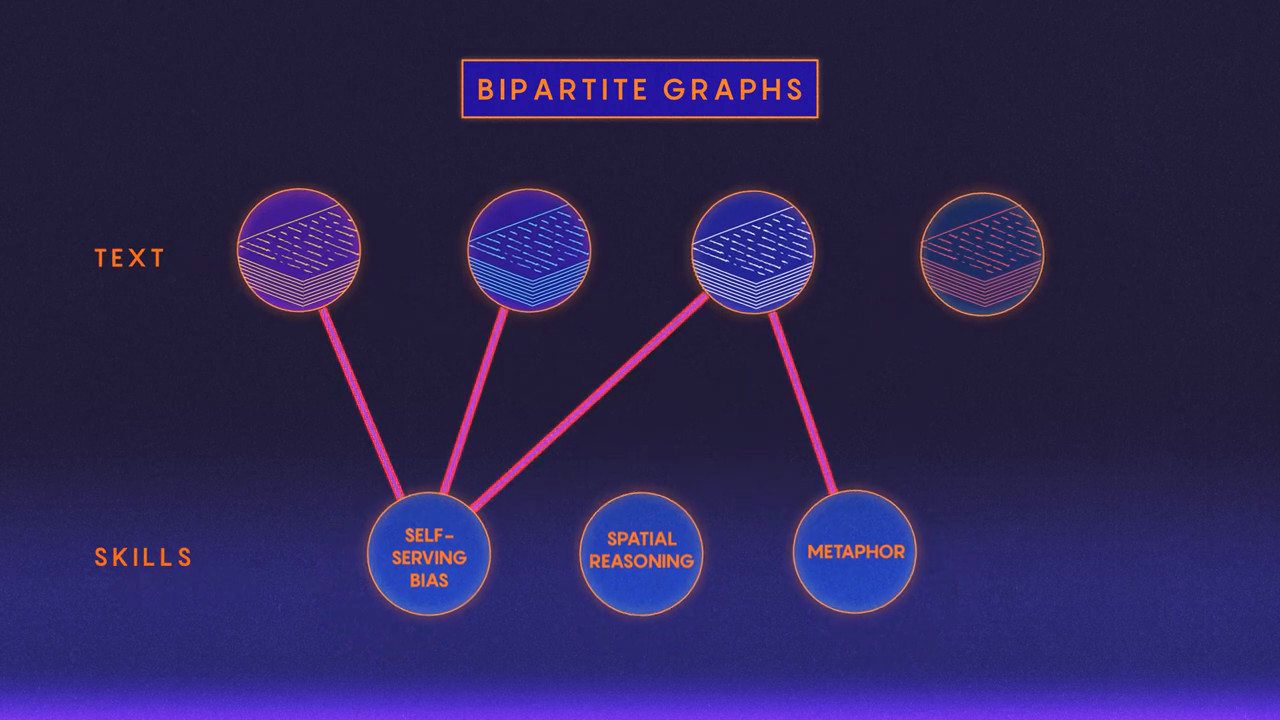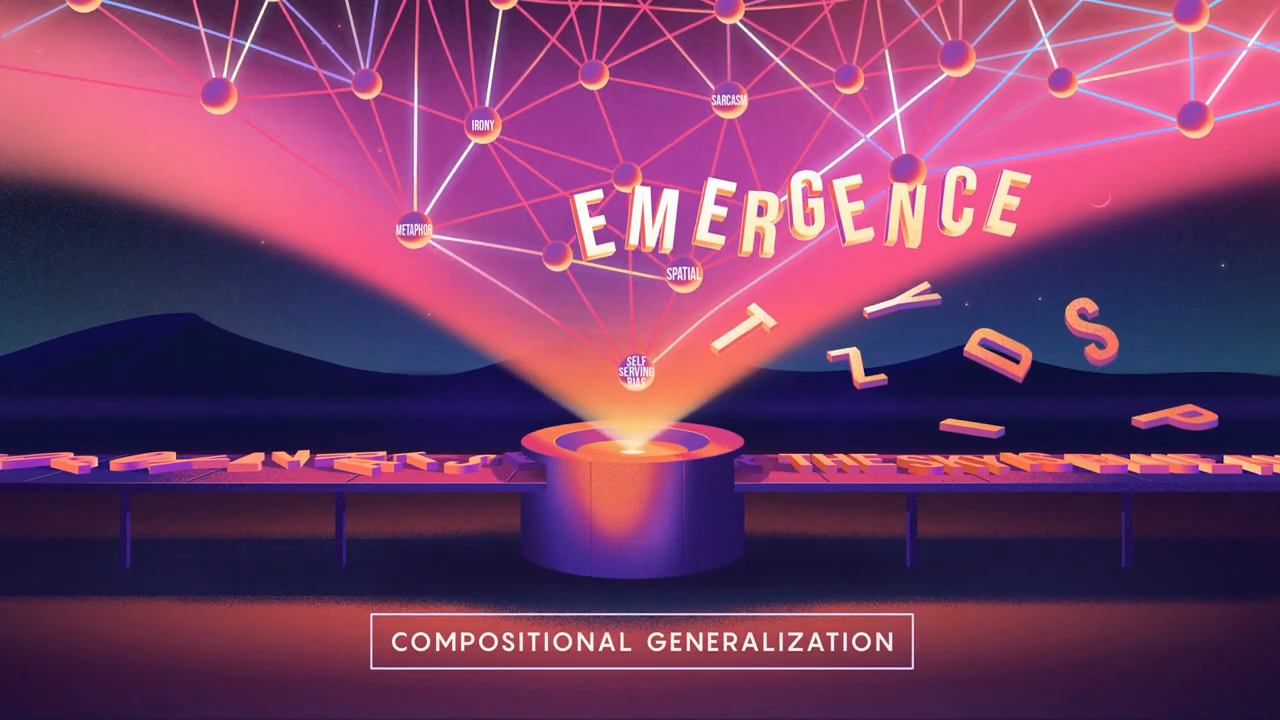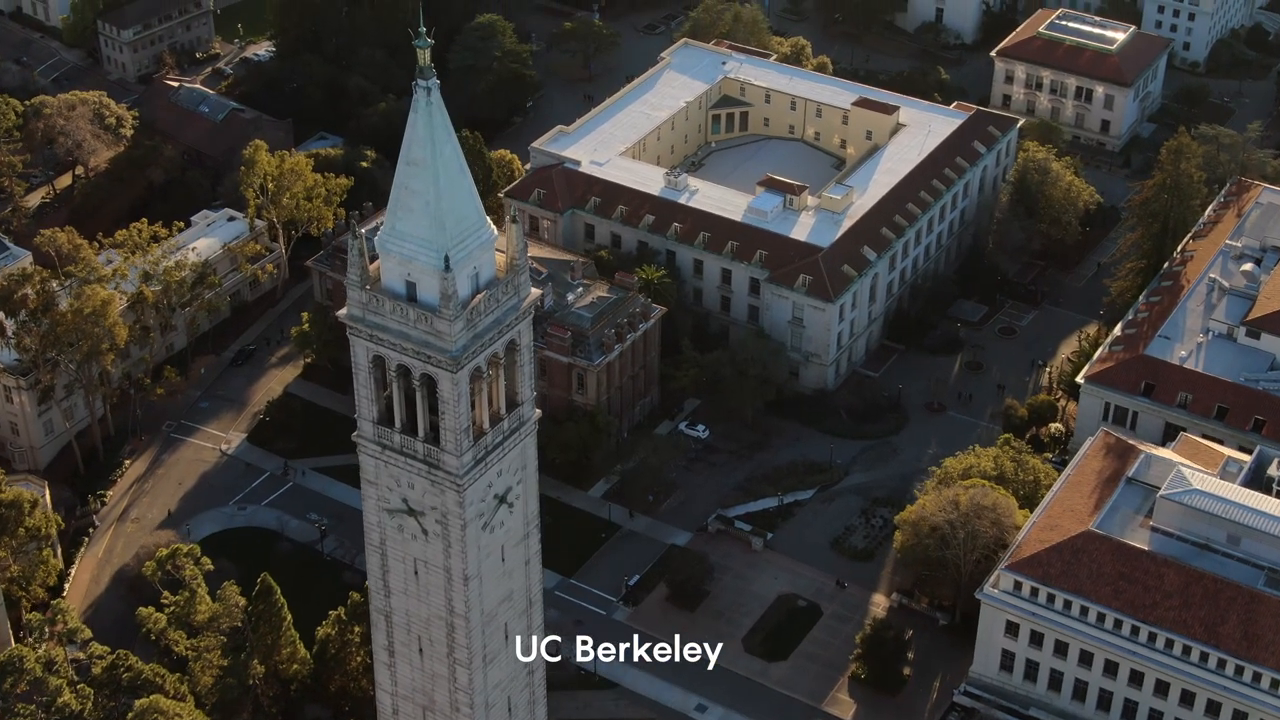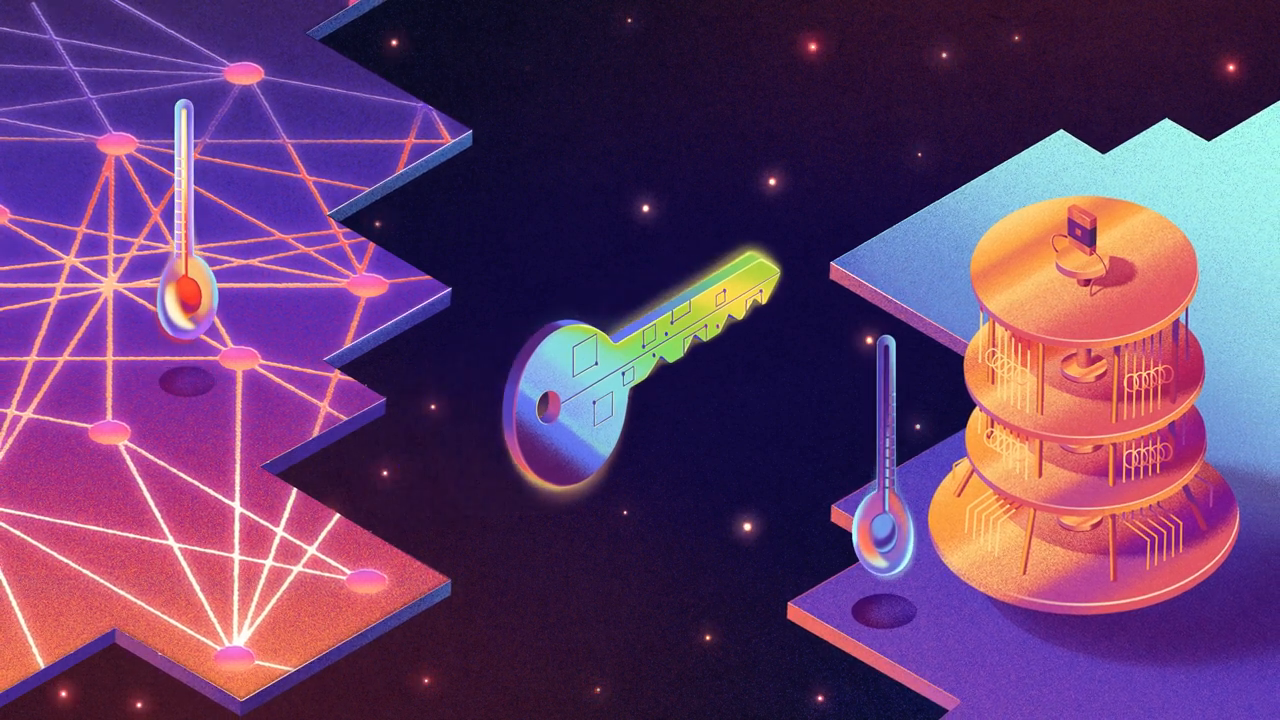The Year's Biggest Breakthroughs in Computer Science
The year 2024 has seen significant advancements in the field of computer science, with breakthroughs in large language models and computing Hamiltonians. In this article, we will delve into the details of these breakthroughs and explore their implications.
Can Large Language Models Understand?
Since the launch of ChatGPT in 2022, large language models have progressed at a rapid pace, often developing unpredictable abilities. The question on everyone's mind is, do these abilities reflect actual understanding or are the models simply repeating their training data like so-called "stochastic parrots"? Researchers from Princeton and Google DeepMind have created a mathematically provable argument for how language models develop many skills and designed a method for testing them.
 This is the caption for the image 1
This is the caption for the image 1
The researchers found that the largest models develop new skills in a way that hints at understanding. Language models are trained to solve next-word prediction tasks, and they learn to combine more of the underlying skills as they improve. The researchers developed a test called Skill Mix to evaluate if large language models can generalize to combinations of skills they likely hadn't seen before. The results suggest that the largest models, like GPT-4, can combine five or six skills because they must have developed compositional generalization through emergence.
Hamiltonian Learning Algorithm
Another significant breakthrough in computer science is the development of an algorithm that can efficiently deduce the Hamiltonian of a quantum system at any constant temperature. Quantum systems are some of the most complex structures in nature, and modeling them requires computing a Hamiltonian, a super equation that describes how particles interact locally to produce the system's possible physical properties.
 This is the caption for the image 2
This is the caption for the image 2
A team of computer scientists from MIT and UC Berkeley cracked the problem by creating an algorithm that can produce the Hamiltonian of a quantum system at any constant temperature. The results could have big implications for the future of quantum computing and understanding exotic quantum behavior. The team used a tool from classical machine learning called polynomial optimization to approximate the measurements of their system as a family of polynomial equations.
Understanding the Capabilities of Large Language Models
The researchers are already working to extend the Skill Mix evaluation to other domains as part of a larger effort to understand the capabilities of large language models. They want to create an ecosystem of Skill Mix that is not just valid for language skills but also mathematical skills and coding skills.
 This is the caption for the image 3
This is the caption for the image 3
The researchers are trying to learn the parameters of the Hamiltonian, which is defined by a small set of parameters. They use experimental measurements of the quantum system to set up a system of polynomial equations and then solve the system of polynomial equations. The output is a description of the local interactions in the system.
The Connection between Theoretical Computer Science and Quantum Mechanics
The breakthrough in Hamiltonian learning has created a new bridge between theoretical computer science and quantum mechanics. The combination of tools used to solve the problem is really interesting, and it's something that hasn't been seen before.
 This is the caption for the image 4
This is the caption for the image 4
The researchers are hoping that this new perspective will be useful in tackling other questions as well. They find themselves at the start of this new bridge between theoretical computer science and quantum mechanics.
Conclusion
In conclusion, the year 2024 has seen significant breakthroughs in computer science, with advancements in large language models and computing Hamiltonians. The researchers have made significant progress in understanding the capabilities of large language models and have developed a new algorithm for Hamiltonian learning.
 This is the caption for the image 5
This is the caption for the image 5
These breakthroughs have the potential to revolutionize the field of computer science and have significant implications for the future of quantum computing and artificial intelligence. As researchers continue to explore and develop these new technologies, we can expect to see even more exciting advancements in the years to come.
